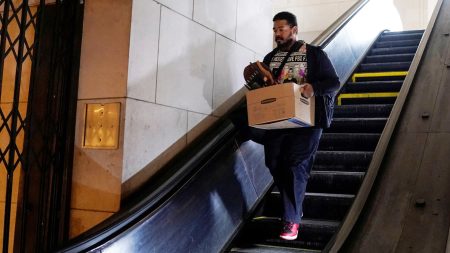The Inverted Yield Curve: A Reliable Recession Signal?
The inverted yield curve is a financial phenomenon where long-term bond yields fall below short-term yields, often signaling an impending recession. This situation recently occurred when the 10-year Treasury yield dipped below the 3-month yield, capturing significant attention in financial markets. While not a perfect predictor, this indicator has historically been reliable, prompting the Federal Reserve to closely monitor it.
Understanding the Yield Curve
The yield curve reflects market expectations for economic growth. When it inverts, especially between the 10-year and 3-month Treasuries, it suggests that investors expect lower short-term interest rates in the future, often due to economic concerns. This inversion is troubling because it indicates that long-term growth prospects are dimmer than short-term ones.
Historical Context and Reliability
Historically, an inverted yield curve has been a strong indicator of a recession within 12 to 18 months. The New York Fed tracks this relationship, providing monthly updates. In January, the probability of a recession was 23%, but recent shifts in February may raise this likelihood. However, past inversions, such as in 2022, did not lead to a recession, showing that it’s not a flawless predictor.
Economic Landscape Under President Trump
Post-election, bond yields initially rose, possibly due to growth expectations under President Trump. However, yields have since dropped, reflecting concerns about his tariff-focused policies and their potential to slow growth and spike inflation. This uncertainty has heightened investor anxiety, with economists noting the potential "potholes" in the economic roadmap.
Public Sentiment and Market Reactions
Consumer and investor sentiment has soured, with inflation expectations at a 28-year high. The Conference Board’s data suggests recession-like conditions, though employment and consumer spending remain strong. Markets now anticipate Fed rate cuts, signaling expected economic slowing, yet labor market strength tempers recession fears.
Divided Opinions on Recession Likelihood
Despite inversion and sentiment data, many economists are cautious. While the inverted yield curve is a significant signal, the robust labor market suggests a recession is not imminent. Experts agree that weaker growth is likely, but a full-blown recession requires job losses, which have not materialized. Thus, while the yield curve sounds an alarm, it is not the sole determinant of economic fate.









